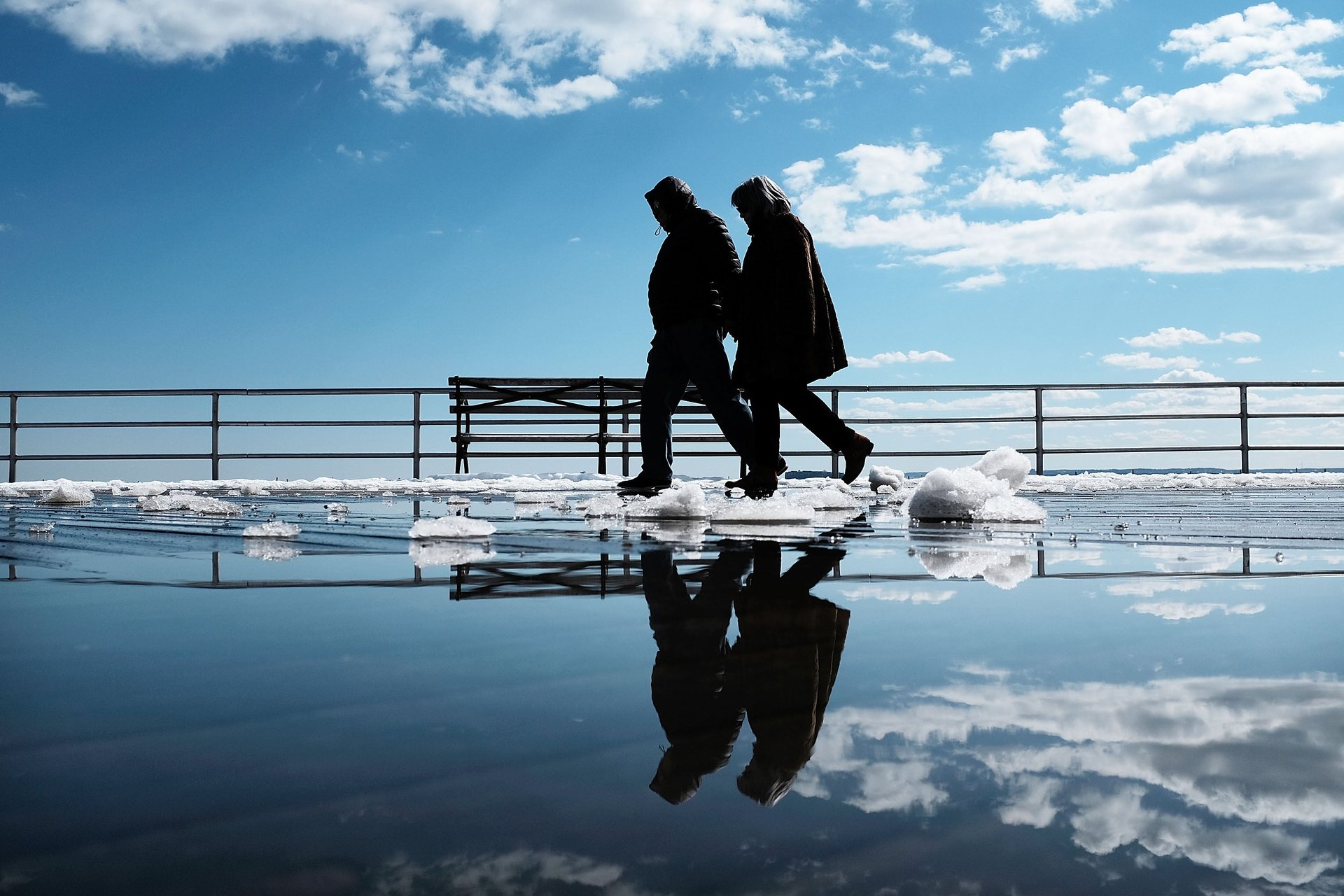By 2040, almost every US state could have fewer days below freezing
Spring will be coming earlier and earlier, and that's not really a good thing.

Flowers are blooming before the official start of spring as winter gets shorter due to climate change. But that’s no reason to celebrate.
Suggested Reading
This year, spring arrived at least 20 days earlier for many parts of the US, most notably in the northeast. January was the warmest on record for millions of Americans, with New York seeing the warmest January in 155 years.
Related Content
Consequently, spring conditions arrived in New York City 32 days earlier, according to the Extended Spring Indices published by the National Phenology Network. The organization records biological patterns to chart seasonal trends, including the first leafing of early-spring shrubs and other plants.
Other states across the southeast and eastern US are also seeing spring arrive earlier than usual, with literal hotspots in Texas, Arkansas, Ohio, and Maryland. The trend indicates that warmer winters, and fewer days below freezing, are coming.
In fact, the entire contiguous US, including Alaska, could see fewer frozen days by 2040, according to data by the Climate Impact Lab. The projection is one possible result in a medium to high emissions world, where scientists predict (pdf) CO2 emissions would steadily rise to double what they are today by 2100.
Why freezing temperatures are important
In order for the season of spring to happen, vegetation requires water from melting snow packs created during winter months. But too much water could lead to flooding and runoff, preventing that same vegetation from absorbing the nutrients they need to grow.
Even with extreme winter storms, as seen in California this year, such fluctuating weather patterns with warmer temperatures make it difficult to keep snow pack at a consistent temperature, which prevents it from melting too quickly. While an earlier spring arrival might be welcome by some, it could also lead to drier conditions and less well-nourished vegetation, as well as a degradation of pasturelands.
